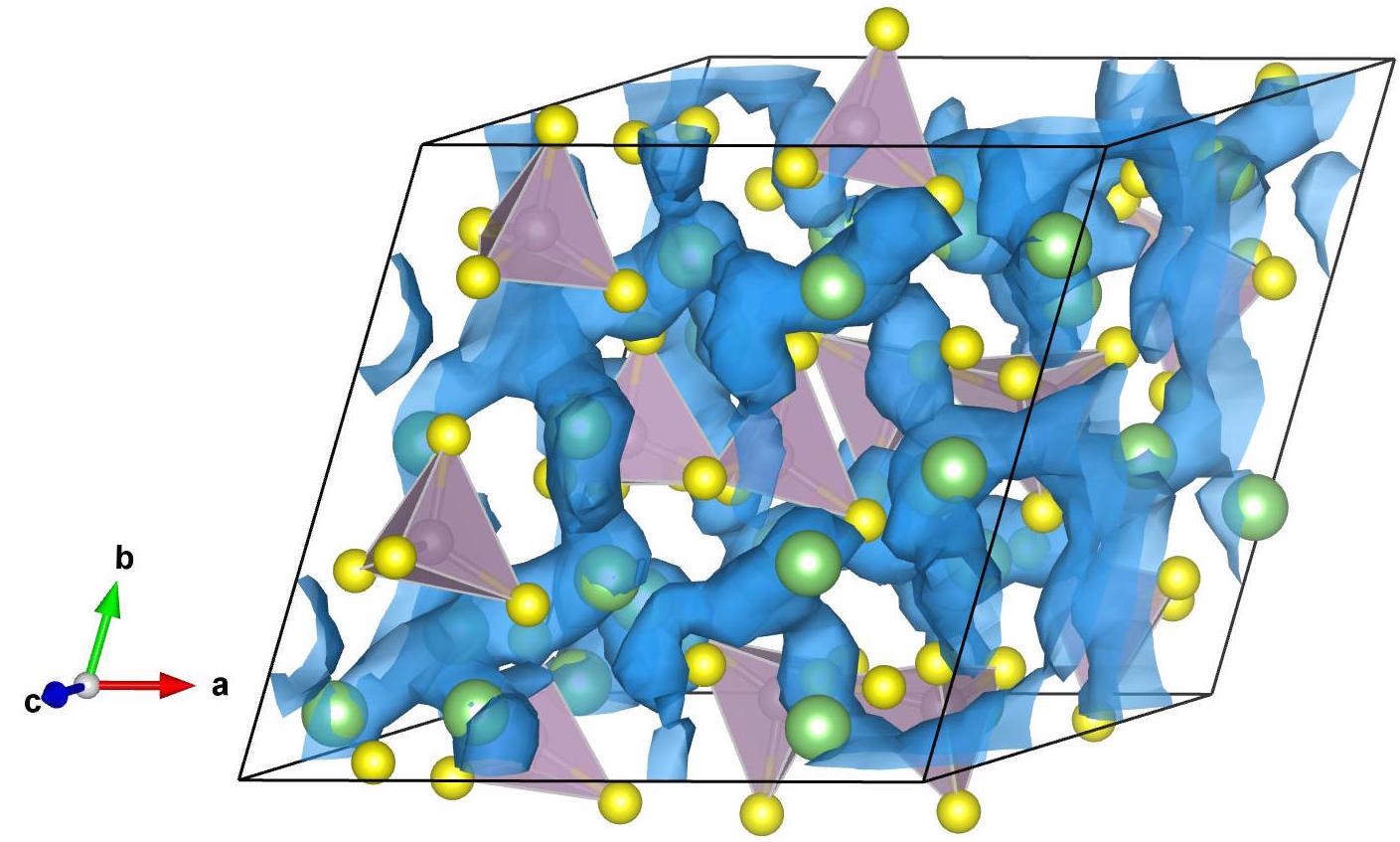Iek-Heng Chu just published a new article in ACS Applied Materials & Interfaces. This is a highly collaborative work involving the expertise of many MAVRL group members as well as the Meng group. In this work, we investigate the performance limits of Li7P3S11, a highly promising lithium superionic conductor solid electrolyte. We find that Li7P3S11 is metastable at 0 K but becomes stable at above 630 K (∼360°C) when vibrational entropy contributions are accounted for, in agreement with differential scanning calorimetry measurements. Both scanning electron microscopy and the calculated Wulff shape show that Li7P3S11 tends to form relatively isotropic crystals. In terms of electrochemical stability, first-principles calculations predict that, unlike the LiCoO2 cathode, the olivine LiFePO4 and spinel LiMn2O4 cathodes are likely to form stable passivation interfaces with the Li7P3S11 SCE. This finding underscores the importance of considering multicomponent integration in developing an all-solid-state architecture. We also find that the AIMD-predicted room-temperature Li+ conductivity of 57 mS/cm is much higher than the experimental values suggesting the potential for further optimization.
Insights into the Li7P3S11 superionic conductor

